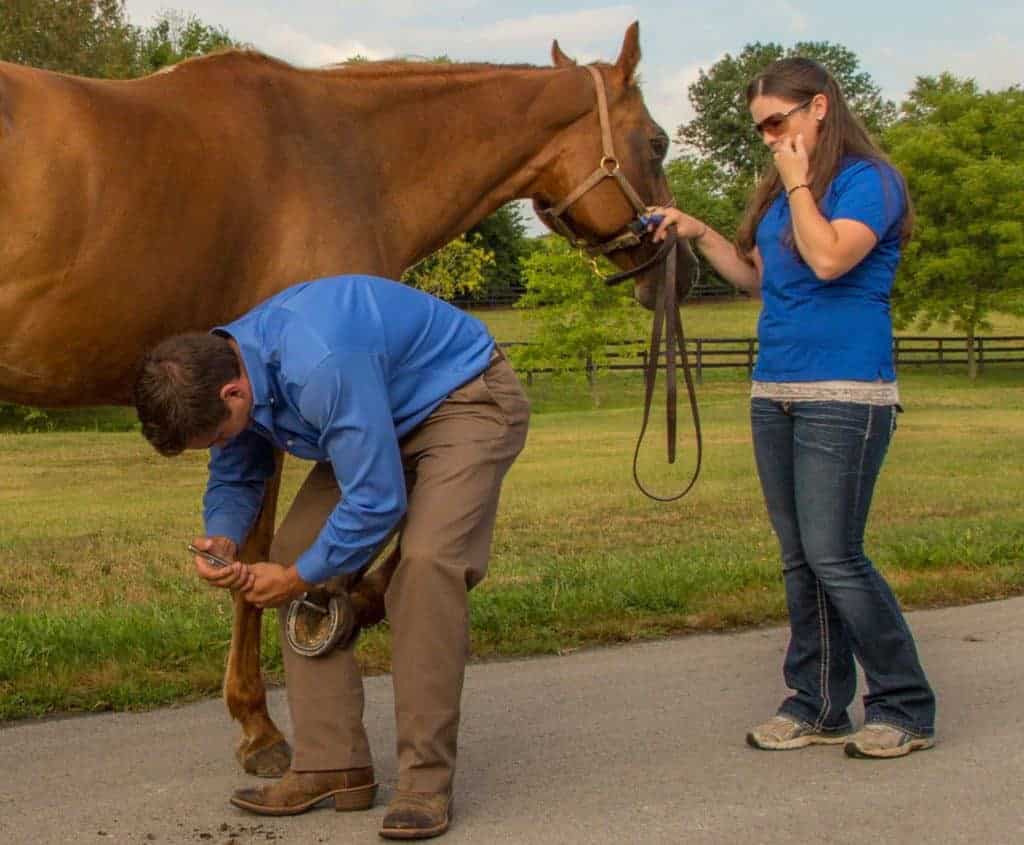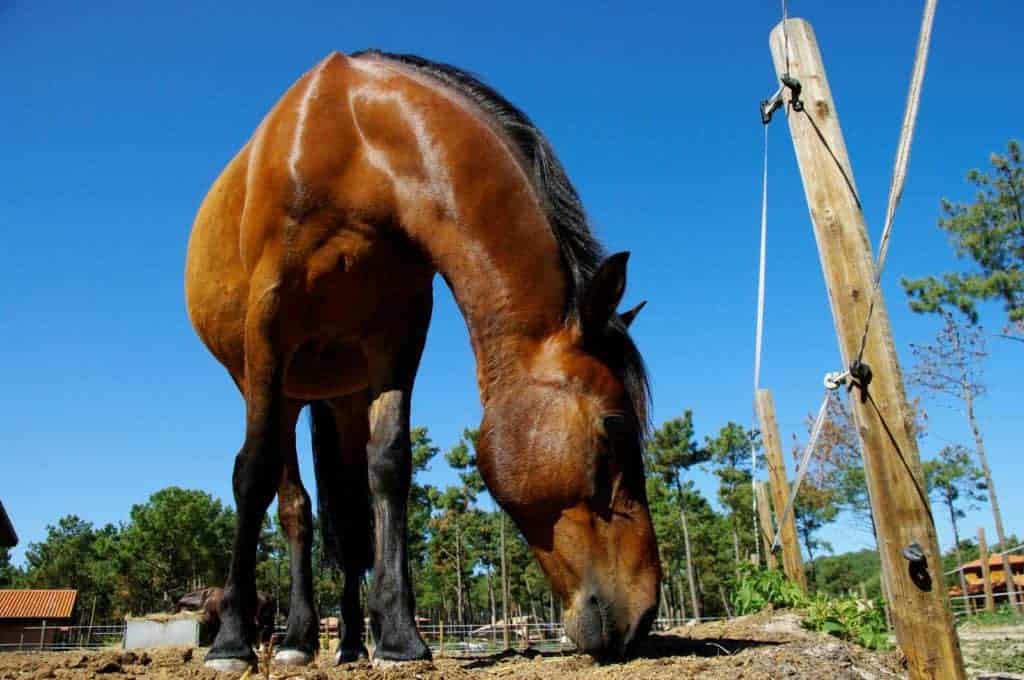
Using a ‘Micro’ Scope to Diagnose Equine Stifle Problems
Learn how vets are using an arthroscope that’s 1.3 mm in diameter and 100 mm in length to evaluate stifle problems.

Learn how vets are using an arthroscope that’s 1.3 mm in diameter and 100 mm in length to evaluate stifle problems.

Learn how equine practitioners can assess and pinpoint the source of foot pain using a methodical series of tests.

Studies covered stem cells, nerve blocks, respiratory issues, joint supplements, kissing spines treatments, and more.

Studies covered biofilms, chilled and frozen semen, endometritis, placentitis, oxidative stress and fertility, and more.

Methods that immerse the hoof and limb in ice and water to at least fetlock level are most effective.

A psyllium/magnesium sulfate combination appears safe and effective for helping horses evacuate sand from their colons.

Researchers are looking for ways to help aging equine athletes through so-called “satellite cells.”

This new technique could allow veterinarians to better evaluate equine joint cartilage.

Pretreating an area with microneedles resulted in a 170% increase in the amount of lidocaine that permeated the skin.

Researchers have identified some important differences between the eyes of horses with and without HERDA.

Despite all that is known, important questions still remain about wobbler syndrome.

Radiographs (X rays) and low-field MRI appear to be useful tools for diagnosing early-stage arthritis.

While two-thirds of horses have normal vision in both eyes, others are either near- or farsighted in one or both eyes.

More than 56% of injuries occurred in the right forelimb, the opposite of what’s most commonly seen in Thoroughbreds.

Corneal dystrophy in Friesians could have a genetic basis, but the condition responds well to appropriate treatment.

Scientists behind a new study have identified behavior changes donkeys show when they experience pain relief.
Stay on top of the most recent Horse Health news with
"*" indicates required fields